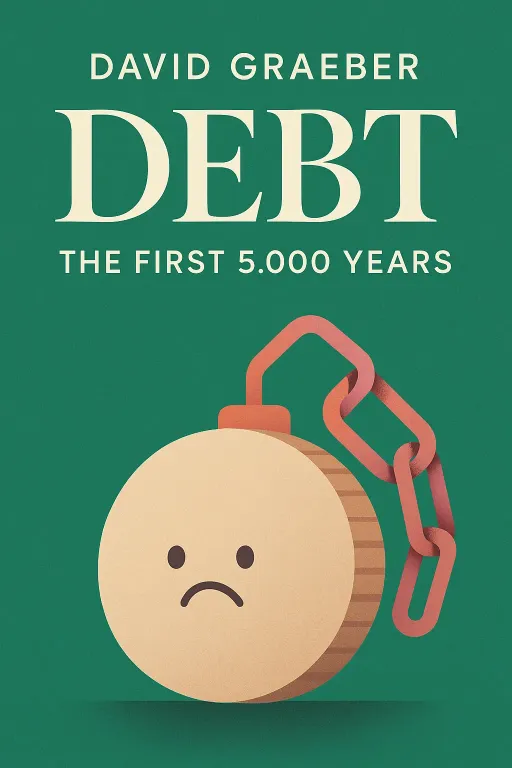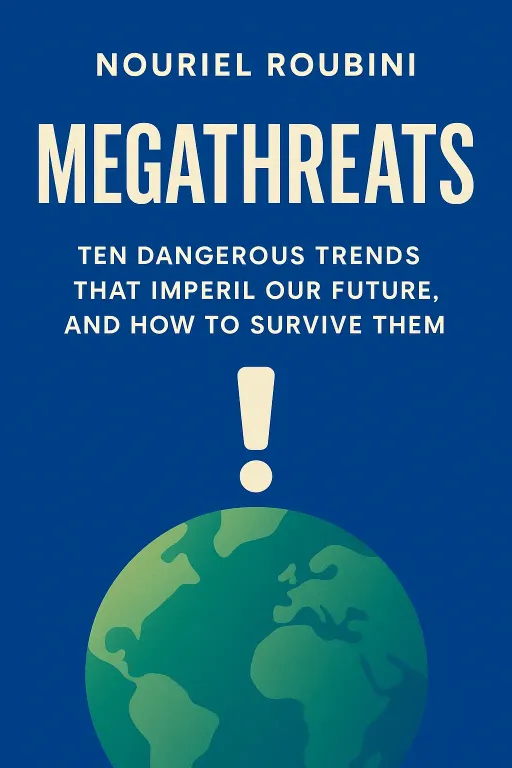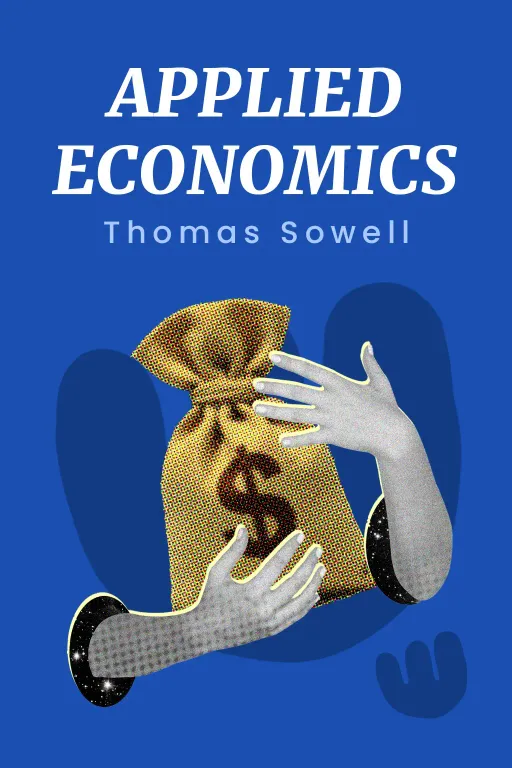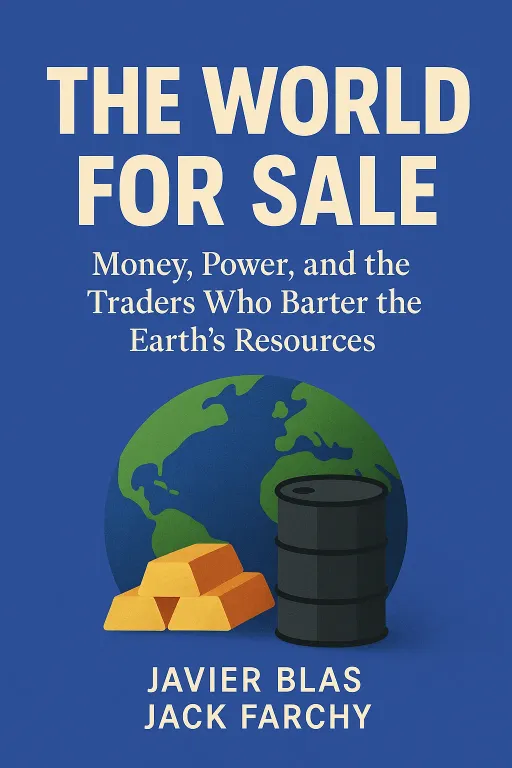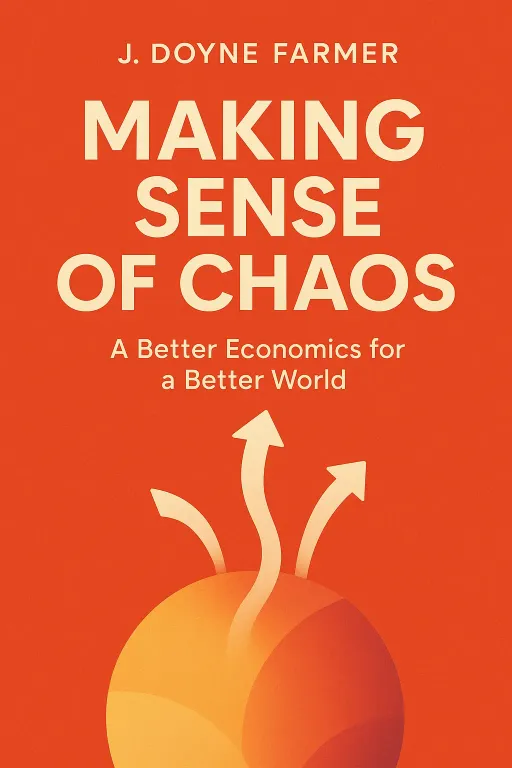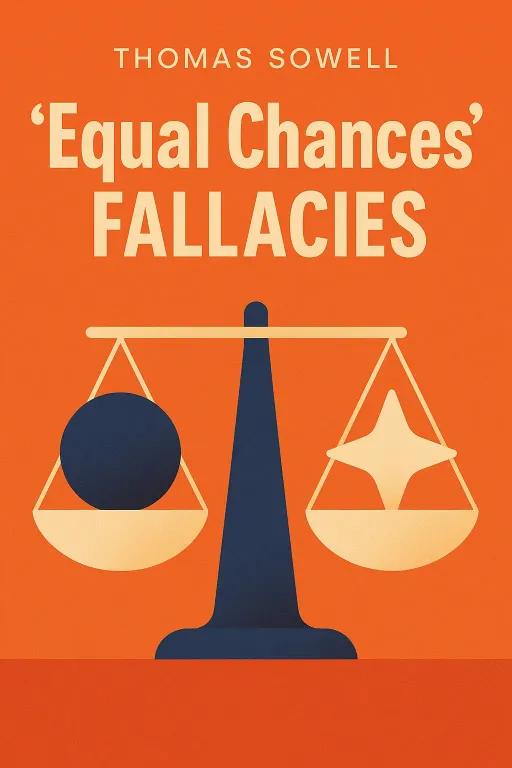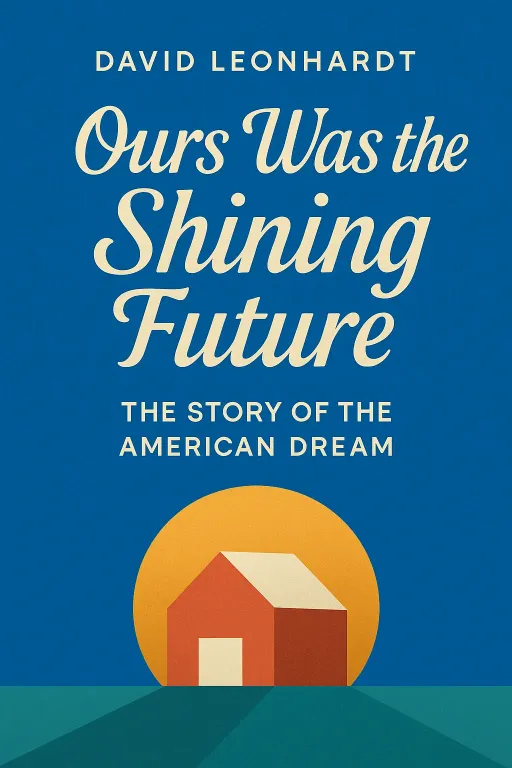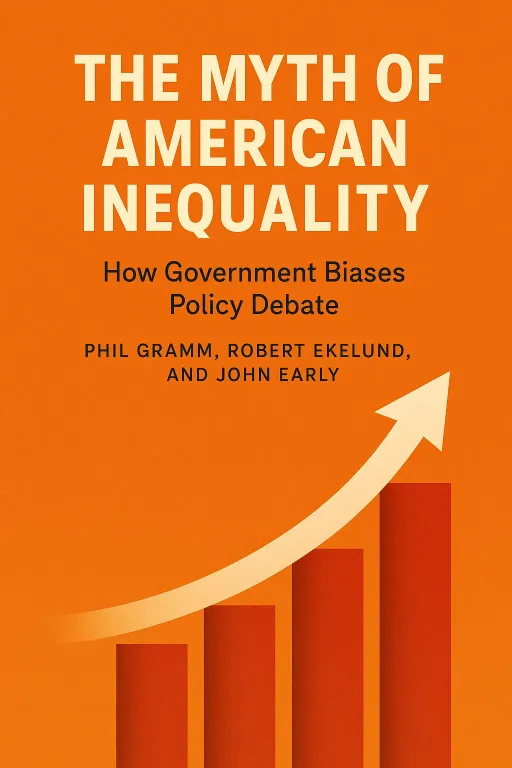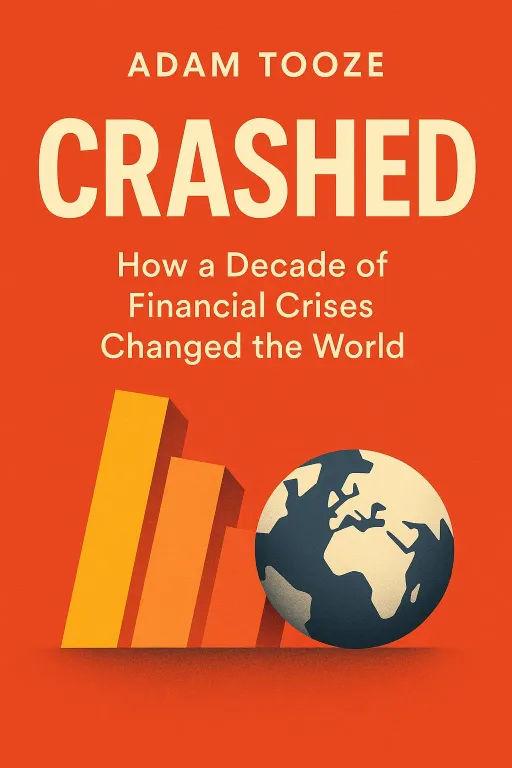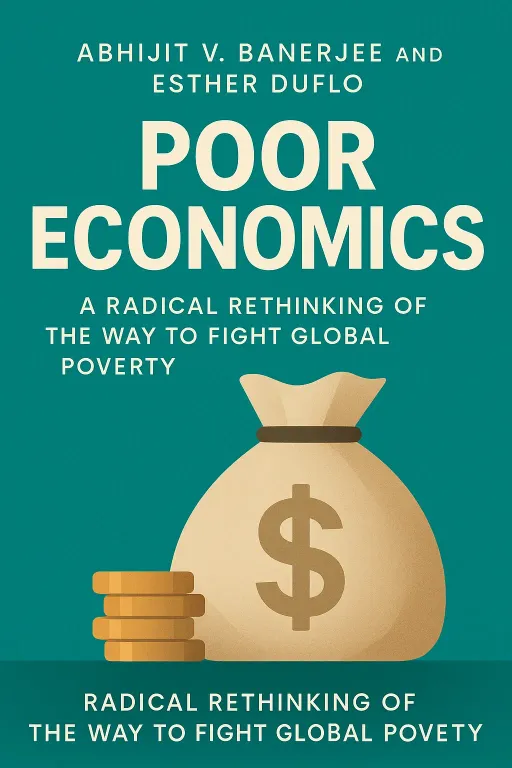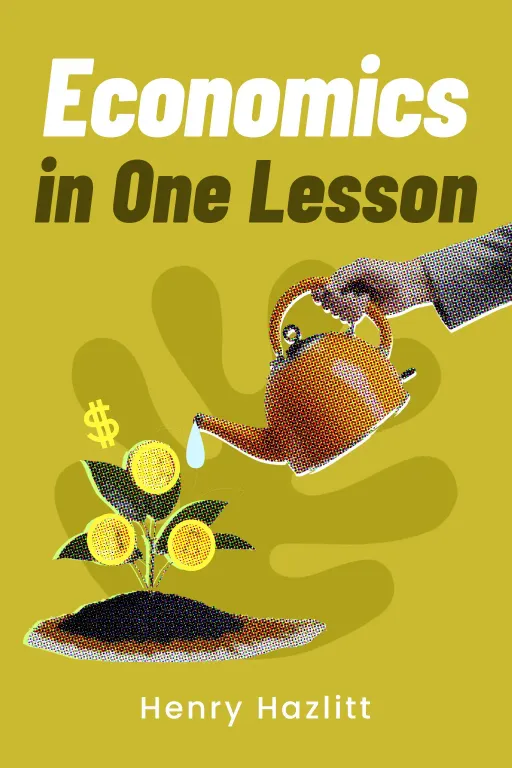
The Unseen Engine: A Tech Leader's Guide to Economic First Principles
11 minGolden Hook & Introduction
SECTION
Nova: What if I told you that a major server outage, while creating a flurry of urgent work for your team, actually makes your company poorer? It seems counter-intuitive, right? People are busy, problems are being solved. But this is the crux of one of the most powerful mental models in economics, and in leadership: the 'Broken Window' fallacy.
hq68cpgj4v: That’s a hook. It immediately makes you question what we define as 'work' versus 'value.'
Nova: Exactly. Welcome to the show, everyone. Today, we're diving into Henry Hazlitt's timeless classic, 'Economics in One Lesson,' and I'm thrilled to have hq68cpgj4v here with us. As a marketing manager and visionary thinker from the tech world, he's the perfect person to help us translate these ideas.
hq68cpgj4v: Great to be here, Nova. I love this book because it’s less about economics and more about a framework for thinking clearly.
Nova: That's the perfect way to put it. Hazlitt’s whole book boils down to one lesson: The art of economics consists in looking not merely at the immediate but at the longer effects of any act or policy; it consists in tracing the consequences of that policy not merely for one group but for all groups. It's about developing X-ray vision to see the hidden consequences of our decisions.
hq68cpgj4v: A superpower for any leader, really.
Nova: It really is. So today we'll dive deep into this from two perspectives. First, we'll explore the 'Broken Window' fallacy and what it teaches us about the hidden costs of being busy. Then, we'll tackle the age-old fear of technology and uncover the true, vital function of profit in driving the very innovation your industry is built on, hq68cpgj4v.
Deep Dive into Core Topic 1: The Broken Window and Unseen Costs
SECTION
Nova: So let's start with that broken window. hq68cpgj4v, the idea that destruction could be a good thing feels absurd, but Hazlitt argues this thinking is everywhere. Let me paint the picture he uses for our listeners. Imagine a small town. A young hoodlum, for no good reason, heaves a brick through the window of a baker's shop.
hq68cpgj4v: Okay, a classic act of vandalism.
Nova: Right. A crowd gathers. And at first, they're sad for the baker. But then, someone pipes up with a silver lining. They say, 'Well, this is good for the glazier!' Everyone nods. The baker has to spend, let's say, $250 to replace the window. That's $250 for the glazier. The glazier will then have $250 more to spend with other merchants, and that money will keep circulating. The broken window, they conclude, provides money and employment. It's an economic stimulus!
hq68cpgj4v: I can already see the fallacy. It's so tempting to stop the analysis right there. The glazier is happy. That's the effect.
Nova: Precisely. But Hazlitt forces us to look for the. The crowd forgets that the baker was planning to do something else with that $250. He was going to buy a new suit from the tailor. But now, because his window is broken, he can't. So, while the glazier gains a job, the tailor loses one.
hq68cpgj4v: The tailor is the unseen victim.
Nova: Exactly. The community is no richer. It just has a new window instead of what it could have had: a window a new suit. It has been deprived of a new suit. The town is, in fact, poorer by one suit.
hq68cpgj4v: That's such a clean, powerful illustration.
Nova: So, the community isn't any richer. It just has a window instead of a window a new suit. hq68cpgj4v, as a marketing manager, this feels like a powerful metaphor. Where do you see this 'unseen tailor' in the tech world?
hq68cpgj4v: Oh, it's everywhere. It's the 'tyranny of the urgent.' A security breach is a perfect example. A vulnerability is found, and it's all hands on deck. Everyone scrambles, engineers work overtime—they're the 'glaziers.' To an outside observer, or even to senior management, it looks like incredible productivity. Look how hard everyone is working!
Nova: Right, you see the activity. You see the 'repair.'
hq68cpgj4v: But the 'tailor'—the unseen victim—is the new product feature we were about to ship that now gets delayed by three months. It's the innovative marketing campaign we had to shelve. The company is poorer by that innovation, that potential new revenue stream. We're just back to where we started, but with a patched-up window and a lot of billable hours.
Nova: That's a brilliant connection. So the lesson for a leader is to distinguish between 'repair work' and 'creation work'?
hq68cpgj4v: Exactly. And to try and quantify the cost of the 'unseen.' When we decide to 'fix' a legacy system or respond to a competitor's minor move, the real question isn't 'what will this cost?' It's 'what new thing are we choosing to build?' That's the real cost, the opportunity cost, and it's almost never on a balance sheet. It’s a mindset shift from being busy to creating value.
Deep Dive into Core Topic 2: Technology, Productivity & Profit
SECTION
Nova: And that idea of building new things, of creating value, brings us perfectly to our second point. Because often, the very act of creating new, more efficient things is seen as a threat. Hazlitt calls it 'The Curse of Machinery.'
hq68cpgj4v: Another great name for a fallacy. It sounds so dramatic.
Nova: It is! And the story is just as dramatic. He takes us back to the Luddite riots in 19th-century England. The context is the Industrial Revolution, and new stocking-frames—automated looms—are being introduced. For the handicraft workmen who knitted stockings by hand, this was a disaster.
hq68cpgj4v: You can see why. Their livelihood was directly threatened. The machine was the enemy.
Nova: Absolutely. And their response was to riot. They smashed over a thousand of these new machines, burned houses, and threatened inventors. It was a real, violent conflict. The immediate, visible effect was a tragedy: skilled workers were being displaced.
hq68cpgj4v: That's the seen effect. So what was the unseen?
Nova: The unseen, long-term effect was staggering. Hazlitt points out that by the end of the 19th century, the stocking industry employed at least a hundred men for every one man it employed at the beginning. The reason? The machines made stockings so incredibly cheap that suddenly, millions of people who could never afford them before now could. The market exploded, and with it, the need for more workers to run more machines, to manage logistics, to sell the products.
hq68cpgj4v: So the machine didn't destroy the industry; it created it on a scale that was previously unimaginable.
Nova: So the fallacy was focusing on the jobs lost, not the wealth and new opportunities created. hq68cpgj4v, this feels like the debate around AI and automation today.
hq68cpgj4v: It's the exact same debate, just with different technology. I hear it in marketing all the time—'Will AI replace copywriters and designers?' Hazlitt's lesson suggests that's the wrong question. It’s a first-level question. The second-level, 'unseen' question is: how will AI make marketing so much more effective and affordable that companies will demand of it, creating new roles we can't even imagine yet?
Nova: What kind of roles?
hq68cpgj4v: Roles like 'AI Prompt Strategist,' 'Personalized Content Curator,' or 'Brand-Humanization Expert'—people whose job it is to ensure the AI's output feels authentic and connects emotionally. The Luddites couldn't have imagined a 'supply chain manager' or a 'digital marketer' for stockings, but that's what happened. Technology doesn't just replace; it creates new ecosystems.
Nova: And Hazlitt says the engine that guides this whole process is profit. How does that connect with your interest in entrepreneurs like Steve Jobs?
hq68cpgj4v: This is the key. People, especially outside of business, often see profit as a dirty word, as something extracted from society. But in a free market, as Hazlitt explains, profit is just a signal. It's the market's way of saying 'YES, what you're making is incredibly valuable! Please make more!'
Nova: It's a feedback mechanism.
hq68cpgj4v: The ultimate feedback mechanism. Steve Jobs was famously obsessed with making 'insanely great products.' He wanted to put a 'dent in the universe.' The massive profits Apple made weren't the goal; they were the that he had successfully allocated capital, labor, and genius to create something people desperately wanted. The profit was the market's reward for avoiding the 'broken window' and creating a 'new suit' for the whole world. It guided resources to Apple because they were creating immense value.
Synthesis & Takeaways
SECTION
Nova: So it all comes back to this one lesson: training ourselves to see the whole picture. The broken window teaches us to see the opportunity cost of repair, and the story of technology teaches us to see the long-term gains of productivity.
hq68cpgj4v: Right. It's a mental model for leaders. It's not about being an economist; it's about being a better strategist. It's about constantly asking, 'And then what? And for whom?' You have to trace the ripple effects, not just the initial splash.
Nova: A fantastic way to put it. So for our listeners, here's the challenge from Hazlitt's lesson. The next time you're in a meeting and a new project is proposed, don't just ask what it will achieve. Ask: What will we be able to do because we're doing this? Who is the unseen tailor in this decision? That one question can change everything.
hq68cpgj4v: That's the million-dollar question. It's the difference between being busy and creating real value. It forces you to prioritize creation over reaction. And in the tech world, that's the only way to win.
Nova: hq68cpgj4v, thank you so much for bringing such a sharp, modern perspective to these timeless ideas.
hq68cpgj4v: My pleasure, Nova. It was a great conversation.
